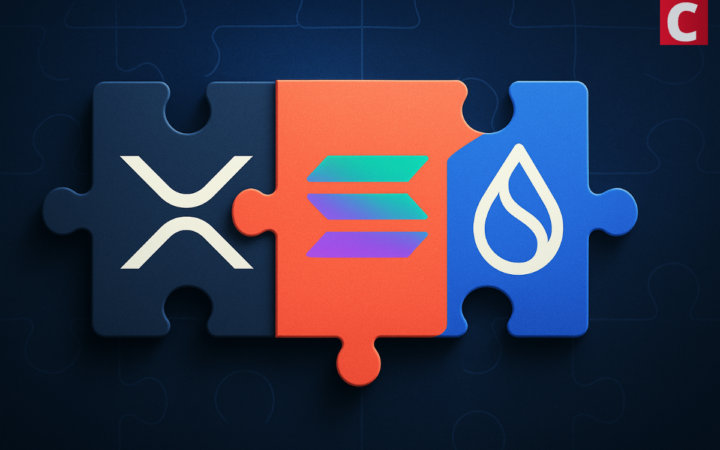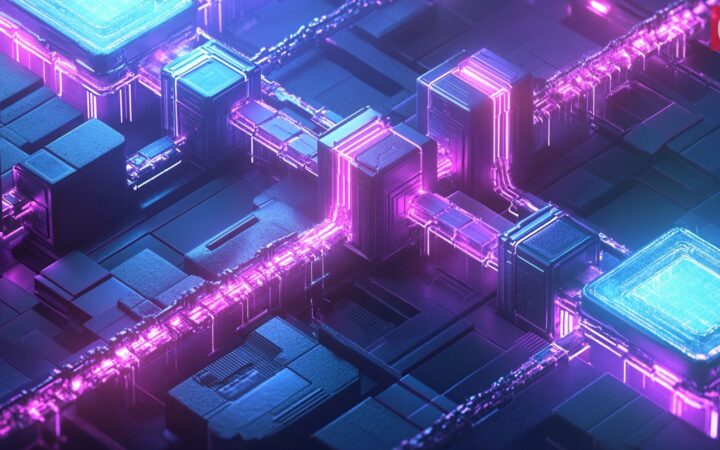The term, although frequently applied to modern conversations, is by no means new. Its origins can be traced back to the 1800s. However, it was only in the 1980s and 1990s that the term entered mainstream consciousness due to the modern industrial system.
While often understood as something that has mostly an ecological component, Sustainability goes beyond that. In 1987, the United Nations defined sustainability more broadly as: “meeting the needs of the present without compromising the ability of future generations to meet their own needs.” Consequently, it focuses on resource use, natural systems, and the larger community to establish a balance between humanity and nature.
Recently, sustainability concerns have expanded to the environmental impact of emerging technologies, especially blockchain. At the core of this heated war between environmentalists and techpreneurs lies Bitcoin – the legendary network and token that has attracted significant blame due to its “not-so resource-efficient” proof-of-work (PoW) consensus mechanism.
That said, the current hue and cry regarding the sustainability of blockchain often focus on only one dimension: energy consumption. In reality, blockchain sustainability should be seen as meeting the needs of the present without compromising the ability of future generations to meet their needs. To achieve this, holistic analysis needs to go further than “energy consumption.”
In this context, it is critical to realize that sustainability goes beyond planting trees to offset emissions – even for blockchains. Planting trees to offset carbon emissions is more of a method to fight the symptoms rather than treating the root cause. Sustainability should also consider the longevity of a network, and if it is future-proof. The more a blockchain network grows, the bigger its history becomes. To store and secure such huge amounts of data, these networks will continue to have ever-increasing storage requirements for full node runners. This in turn potentially accelerates the problem with e-waste (electronic waste), and makes running these networks often prohibitively expensive for individuals. Additionally, requiring more and more storage and processing power will eventually lead to higher energy consumption and carbon emissions.
The Blockchain Sustainability Dilemma
In recent years, several promising initiatives have been launched to solve the problem of blockchain sustainability. Still, to achieve results, it is essential to understand how blockchains consume energy, how it is sourced, and what causes such a negative impact on the environment.
Blockchains, especially those from the first and second generation, require high-end devices to continuously solve mathematical problems to verify transactions executed over their networks. These high-end devices consume a ton of energy, primarily sourced from non-renewable sources, while at the same time leaving behind excessive amounts of e-waste.
According to a Cambridge Bitcoin Electricity Consumption Index report, the average estimated annualized energy consumption of the bitcoin network stands at 129.52 Twh (Terawatt-hour) – much higher than the annual consumption of entire countries like Malaysia and Sweden.
While several promising initiatives like the Crypto Climate Accord and the Bitcoin Mining Council have emerged in recent years, focusing on enabling blockchains to transition towards more environmentally-friendly and renewable energy sources, they only go so far to address the blockchain sustainability dilemma.
The problem with the higher energy consumption of networks like Bitcoin lies in its proof-of-work (PoW) consensus mechanism and the underlying decentralized infrastructure. Miners – a specific group of nodes within the bitcoin network – are responsible for validating and adding transactions.
Since miners receive rewards for successfully mining blocks, the entire process has become overly competitive. In the race to generate more rewards, miners have started using specialized devices, called mining rigs, which are one of the key reasons behind the massive energy consumption and carbon emissions. Ultimately, the more computing power a miner has, the higher their chance at success. But the more miners compete using ever-more specialized equipment, the more the Bitcoin mining difficulty increases, and the more energy they end up using. And this for an ever-decreasing amount of rewards.
Mining equipment is fast to become obsolete, as manufacturers of such continue innovating creating ever-more faster chips.
Since they serve no other purpose, miners often discard them. Imagine this happening on a global scale, and you’ll quickly realize why Bitcoin is often criticized for its environmental impact.
A Possible Solution?
At this point, the internet is divided regarding opinions on making blockchain networks more sustainable. For example, some advocate that Bitcoin miners should opt for renewable energy sources for their high-end rigs instead of depending on non-renewable sources. Others suggest that transitioning to a different consensus mechanism, preferably an energy-efficient one, will be the best course of action. And yet, others suggest that lowering the mining difficulty will go a long way toward reducing Bitcoin’s energy consumption.
While some miners have transitioned to more sustainable sources like solar and wind energy, these sources also harbor a multitude of problems. For instance, it is impossible to ascertain when there will be a lot of wind or sunlight to power thousands of mining rigs. Additionally, even if there’s no shortage of wind and sunlight, miners will face the problem of storing massive amounts of generated energy.
Likewise, transitioning to a new consensus mechanism sounds easy in theory, but it is complicated to achieve on a technical level. Firstly, the whole Bitcoin community has to agree to it. Then, considering all goes fine, implementing a new consensus mechanism may lead to new problems that the older PoW model was able to avoid. And when it comes to lowering mining difficulty, doing so will weaken the Bitcoin network’s security features leading to additional problems for dApps and protocols built upon it.
Fortunately, a third-generation blockchain network, Minima, has emerged with a solution to blockchain’s long-standing sustainability problem. Through its ultra-lean blockchain protocol that allows anyone to operate a full node right from their mobile phones and IoT devices, Minima is designed to address the environmental impacts of blockchain to a huge extent.
Since users can run full nodes from their existing devices, Minima obliterates the need for high-end devices that hog a lot of energy. Additionally, mobile phones and IoT devices emit less carbon than mining rigs, ultimately leading to lower carbon emissions. On top of it, these devices usually have long-term use, reducing the overall e-waste.
Minima also addresses other lingering problems of existing blockchain technology, better known as the “Blockchain Trilemma” of scalability, security, and decentralization. Since anyone can run a full node without any investment, Minima levels the playing field, thus creating a fully decentralized ecosystem where each node is equal. It removes the competitive and reward-centric process of existing blockchains.
The Minima network also offers infinite scalability due to its mobile and IoT-focused nature. At the same time, the more the number of nodes, the higher the security of the underlying network. Everyone can run a node on Minima, which means the network will remain resilient to cyber-attacks and security breaches.
The future is decentralized, and decentralization can’t exist in the long term without achieving sustainability. So while new blockchain networks are becoming increasingly carbon-neutral, legacy networks must establish solutions to their power quandaries and transition towards more energy-efficient and environmentally-friendly models, ensuring that current demands are satisfied without compromising the situation for future generations.
Disclaimer: Coinspeaker is committed to providing unbiased and transparent reporting. This article aims to deliver accurate and timely information but should not be taken as financial or investment advice. Since market conditions can change rapidly, we encourage you to verify information on your own and consult with a professional before making any decisions based on this content.

Jon, CMO at Minima, has experience working with senior executives across many companies we all know today: Apple, Heineken, IKEA, Google and many more. He’s a contributor to many publications and has written a book that is a Sunday Times Bestseller. Now Jon is on a Mission at Minima to enable everyone to freely connect.





